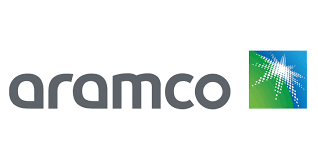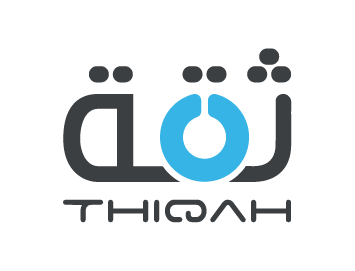The Latest Methods in Logistics and Inventory Control Course
Introduction:
The Latest Methods in Logistics and Inventory Control is essential for any business due to the significant role inventory plays as a valuable asset. Managing inventory systems requires careful attention, as they impact the total cost of ownership. For example, warehousing incurs costs, and items stored can depreciate in value. Ownership of components for work centers or machinery also tends to depreciate below their original purchase price. Excess production, stockouts, waste, or poor management can result in losses detrimental to a company's equity.
Objectives:
At the end of the The Latest Methods in Logistics and Inventory Control course, participants should be able to:
- Streamline every activity from stock receipt to product storage and delivery.
- Develop pricing and distribution systems that enhance product movement for the final consumer.
- Manage stock and supply chain operations to reduce costs.
- Increase customer satisfaction and improve employee safety and productivity.
- Innovate approaches to inventory management.
- Apply specific inventory methods efficiently.
- Prepare accurate demand projections and service levels to minimize inventory.
- Master the principles and techniques of inventory management.
- Implement these methods to enhance company profitability.
Training Methodology:
- Case Studies
- Interactive Workshops
- Simulation Exercises
- Group Discussions
- Scenario Analysis
- Industry Practitioners
Course Outline:
Unit 1: Introduction to Total Supply Chain Management
- Supply objectives (the six “rights”)
- Managers’ functions and responsibilities in the supply chain
- Inventory control
- Inter-departmental collaboration
- Cost attributes in functional and sub-functional analysis
- Interaction
Unit 2: The Absolute Fundamentals of Stock Control
- Factors influencing stock control
- Demand characteristics
- Demand shape and forecast
- Stock levels and stock-outs
- Warehouse backing
Unit 3: Differential Stock Control
- Inventory management: Pareto analysis
- ABC classification
Unit 4: Stock Taking & Stock Checks
- Stocktaking operations
- Updating stock records
- Checklist for investigating discrepancies
- Basic principles of stock-taking
- Performing counts
Unit 5: Classification and Coding
- Grouping materials and supplies
- Coding techniques
- Development of electronic significance coding system
- Maintenance of stores catalogue
Unit 6: Provisioning and Forecasting Demand
- The contradiction of holding stock
- Package provisioning
- Level and depth of stock storage
- Determining quantity needed and ordering
- Expense analysis and breakdown
- Predicting based on service availability
Unit 7: Safety Stock Levels
- Adopting differential stock control principles
- Choosing safety factors
Unit 8: Enhancing Efficient & Effective Stock Management
- Demand analysis for end-users
- Forward planning for repairs and service operations
- Noting supply lead time
- Analyzing costs and benefits
- Formulating inventory strategies
- Recognizing inventory as an essential part of any organization
Unit 9: Forecasting Inventory Management
- Drafting a strategic plan for inventory control
- Understanding Incoterms relevant to the supply chain
- Comprehending Vendor Managed Inventory and other supply chain systems
Unit 10: Moving Inventory to Other Structures
- Leveraging the supply chain process
- Implementing constraints theory
- Improving inventory management practices
- Strategies for avoiding stock buildup
- Inventory management planning model


















